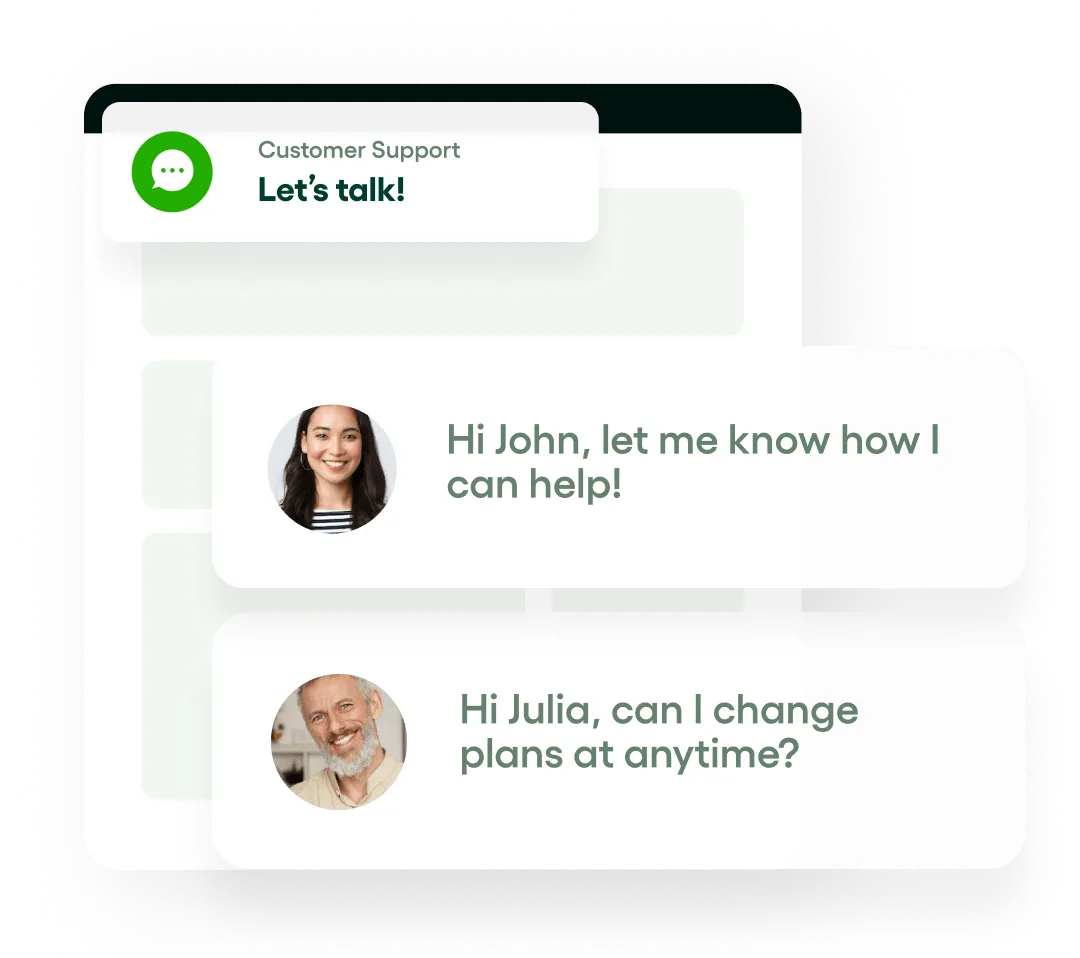Insights from thousands of business owners
on growing your business.
Unlock the power of utilization reports with our comprehensive guide for 2024. Optimize resource allocation and enhance productivity with expert insights.
Understand the distinction between billable hours and actual hours in this comprehensive guide. Optimize your time tracking and billing practices effectively.
Explore the top resource allocation software solutions for 2024. Streamline your project management process with these cutting-edge tools and maximize efficiency.
Discover why resource management is crucial for project success. Learn its key role and how to implement effective strategies in your organization.
Unlock the key to effective resource management with our step-by-step guide. Learn how to develop a comprehensive plan for optimal project success.
Enhance your team's resource planning with our expert strategies. Learn practical tips to optimize allocation, boost productivity, and achieve project success.
Unlock the path to earning your PMP certification with our comprehensive step-by-step guide. Start your journey to becoming a certified project management professional today!
Discover the secrets to boosting your agency's utilization rate in 2024 with our comprehensive guide, packed with expert tips and strategies.
Boost your team's productivity with effective strategies to maximize their utilization rate. Discover tips and techniques that lead to better efficiency and results.
Unveil the top 5 time tracking software for attorneys and lawyers in 2024, designed to streamline workflow and maximize efficiency in legal practices.
Discover the top strategies for boosting productivity using virtual time cards in 2024. Learn to streamline workflows and enhance efficiency effortlessly.
Unlock productivity with our comprehensive guide to effective employee time management. Maximize efficiency and minimize wasted time. Boost your team's performance today!
Unlock the secrets of crafting and customizing a timesheet in Excel with our comprehensive step-by-step guide. Simplify your workflow today!
Discover proven strategies and calculation methods to maximize agency profitability. Elevate your business with our expert tips and insights.
Learn the step-by-step guide to creating and editing a timeline in Google Docs. Enhance your projects with easy-to-follow instructions and tips.
Discover the top 5 effective time management systems to boost your productivity. Learn how to master your schedule and achieve more every day.
Unlock the power of effective time management with the Covey matrix in 2024. Learn to prioritize tasks & transform your productivity for success.
Learn effective time estimation techniques for precise project management. Master the art of estimating project durations efficiently with our expert tips.
Unlock the potential of Excel for efficient time tracking in 2024. Master the techniques and tools needed for accurate recording and analysis.
Learn the step-by-step process to craft a timeline in Excel effortlessly. Access a comprehensive tutorial and download a free template for your convenience.
Master the art of project planning with our expert tips and real-life examples! Learn how to craft a creative project timeline that guarantees success.
Learn everything you need to know about handling accounts like a pro. Dive into essential tips and strategies for agency account management.
Learn how to be more efficient and productive with agency time tracking software! Say goodbye to time wastage and hello to streamlined operations.
Unlock creativity and boost ROI with our 2024 advertising agency workflow guide! Expert insights, trends, and strategies for success.


Our friendly, speedy, Customer Support has all the answers and is here to help you.
Contact usYou get 7 days to try it for free. And if it's not what you expected, we guarantee your money back within the first two weeks.
Get started